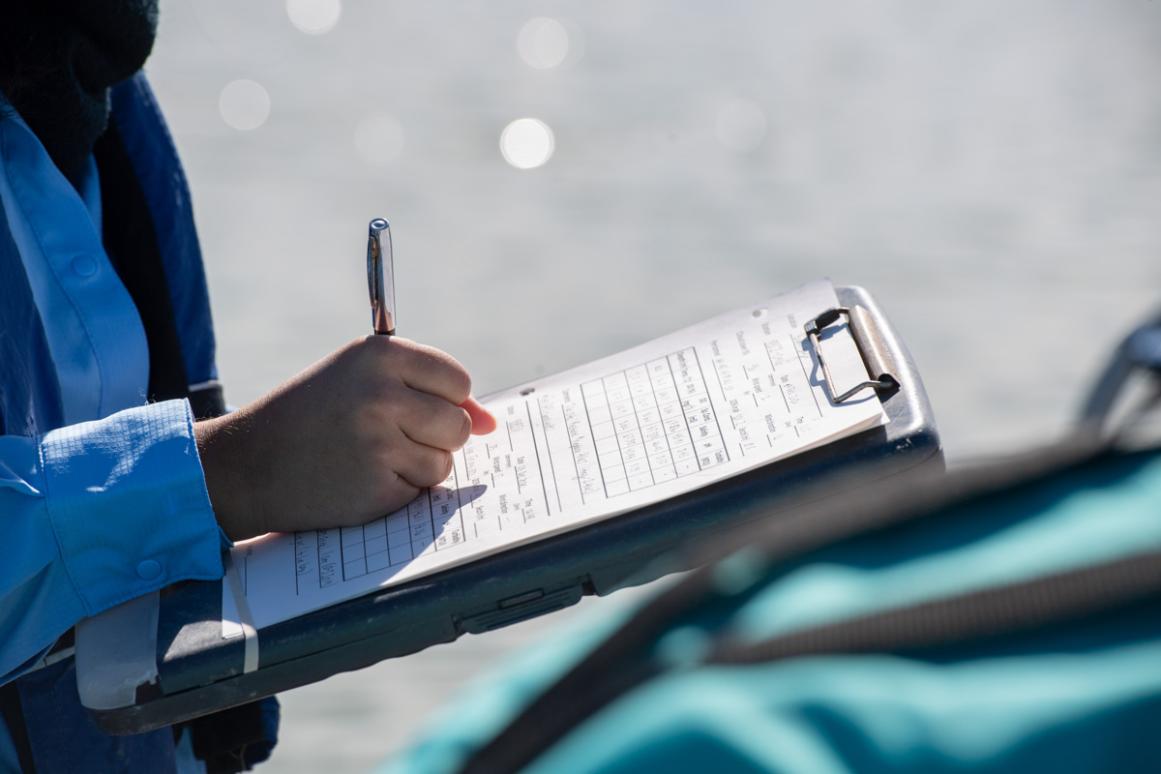TAMU-CC Researchers Find Out: Did COVID-19 Lockdowns Really Improve Local Water Quality?

CORPUS CHRISTI — At the peak of the COVID-19 pandemic, there was phrase that caught fire on social media — “Nature is healing.” The meme-like idea spread after an image of the canals in Venice went viral that appeared to show their waters left clear and healthy without the usual bustle of human tourists. But was it true?
After a quarantine closed several popular South Texas beaches during the height of the tourism season, a group of Texas A&M University-Corpus Christi (TAMU-CC) and Harte Research Institute for Gulf of Mexico Studies (HRI) water quality researchers decided to investigate the impact to local waters. Did fewer people actually mean a cleaner environment?
Sort of — but not enough, at least when it comes to the Coastal Bend’s water quality. That’s according to the results of a study led by Dr. Michael Wetz, HRI Chair for Coastal Ecosystem Processes, Texas A&M-Corpus Christi doctoral student Nicole Powers, TAMU-CC Associate Professor of Marine Biology Dr. Jeff Turner, and TAMU-CC Associate Professor of Geographic Information Systems Dr. Yuxia Huang. The study was funded by a rapid response grant from Texas Sea Grant.
“The reason we became interested in this work was because last year we started seeing all these reports about the canals in Venice — they were clear for the first time. People were seeing dolphins,” Wetz said. “We started to wonder how much of this is a real effect of the quarantine and how much of this is just natural variation?”
Researchers sought to test two hypotheses: First, that reduced tourism during the COVID-19 quarantine period would lead to improved coastal water quality, and second, that water quality improvements would scale to the level of human influence, meaning that tourist-frequented watersheds would see the most impact.
The team did find real localized reductions in sources of water pollution that could be tied to human tourism traffic on the coast, like fecal indicator bacteria — bacteria that is introduced into the environment from human waste. The researchers studied the bacteria data collected by Texas Beach Watch, a database maintained by the Texas General Land Office to monitor bacteria levels on the coast and issue warnings for swimmers.
Levels of fecal indicator bacteria peaked in June, when tourism resumed on beaches, in Nueces, Aransas, Jefferson, and Galveston counties. Fecal bacteria in coastal waters can be caused by poor maintenance of septic and sewerage systems in homes and cities along the coast, and can be an indication of “failing infrastructure” along the coast that needs to be addressed by local governments, Wetz said.
Other water quality indicators did not fit patterns of human traffic on the coast, however. The team pulled 10 years of environmental monitoring data from databases at the Mission-Aransas National Estuarine Research Reserve (NERR) and found that in most watersheds natural environmental variability — the rainfall, temperatures, winds, and even storm variability — overwhelmed any water quality impacts that fewer people might have had, particularly when it came to things like water clarity and oxygen levels.
Wetz said that although our time away from local beaches didn’t appear to have a widespread impact, to him this work showcases the importance of keeping long records of monitoring data on hand so that we actually know what’s happening in our environment.
“For us to really assess the impacts of these disturbances — whether it be a COVID-19 lockdown or some kind of natural event, it really shows the importance of having these long-term data sets,” Wetz said.
That ensures we’ll have the big picture in terms of data to really understand the impacts of unique events — instead of just one viral picture of Venice.
